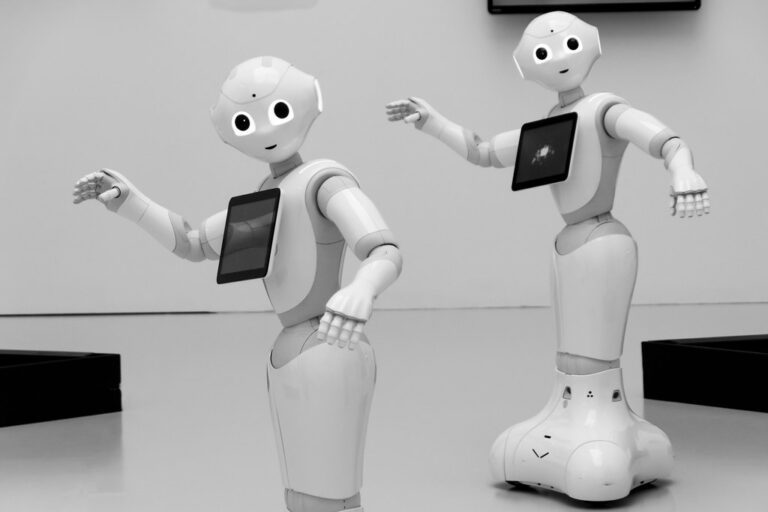
In a world where notifications buzz every minute, screens glow day and night, and our attention is a commodity, a quiet revolution is taking place. It’s called digital minimalism — and surprisingly, it’s not being led by people who dislike technology, but by those who love it the most.
Engineers, coders, gamers, designers, and digital creators are beginning to unplug intentionally. Not because they want to abandon tech, but because they want to reclaim control over their lives, their focus, and their mental health.
What Is Digital Minimalism?
Digital minimalism is a lifestyle that encourages intentional use of technology. Instead of letting tech dictate our habits, it promotes using only the digital tools that add real value to our lives — and eliminating the rest.
It’s not about ditching your phone or deleting all social media. It’s about creating boundaries, reducing noise, and reconnecting with what matters.
Why Are Tech Lovers Leading the Movement?
You’d expect tech minimalism to come from those overwhelmed by technology. But ironically, many of its strongest advocates are people deeply embedded in the digital world. Why?
1. They Understand the Addictive Design
Tech professionals know how platforms are engineered to keep users hooked. Infinite scroll, autoplay, and personalized algorithms are all deliberate. Realizing this makes them more mindful of their own usage.
2. Burnout and Mental Fatigue
Constant exposure to screens, especially for those who work online, often leads to digital burnout — eye strain, anxiety, sleep issues, and a feeling of mental exhaustion. Many professionals are unplugging to refresh their minds.
3. Craving Focus and Flow
Tech lovers often value deep work — the ability to focus without distraction. Digital minimalism helps them reduce shallow interactions and get into a flow state, whether they’re coding, designing, or writing.
The Benefits of Digital Minimalism
Digital minimalism isn’t about being anti-tech — it’s about using tech on your own terms. Here are a few benefits people are experiencing:
- Improved focus and productivity
- Better sleep and less screen fatigue
- Stronger real-world relationships
- More creative thinking
- Reduced anxiety and information overload
It’s not a detox — it’s a long-term, conscious lifestyle choice.
How to Practice Digital Minimalism
You don’t need to abandon technology. Start with these small but powerful shifts:
1. Audit Your Digital Life
Look at all your apps, subscriptions, and screen time. What truly adds value? What’s just noise?
2. Set Tech Boundaries
Create tech-free zones (like the dining table or bedroom) and time blocks for checking messages or social media.
3. Embrace Single-Tasking
Multitasking is a myth. Try focusing on one task at a time — your brain will thank you.
4. Switch Off Notifications
Keep only the essential alerts. You don’t need a ping every time someone likes a post.
5. Replace, Don’t Just Remove
Replace mindless scrolling with meaningful alternatives — reading, journaling, walking, or even analog hobbies like painting or cooking.
The Future of Mindful Tech
As digital minimalism grows, it’s influencing how products are designed. More apps now include screen time reports, focus modes, and do-not-disturb options. Even big tech companies are being nudged toward ethical design and user well-being.
It’s a reminder that we don’t have to be slaves to our screens — we can choose how we interact with them.
Final Thought
Digital minimalism isn’t about rejecting technology. It’s about respecting its power and choosing to engage with it in a way that enhances, rather than overwhelms, our lives.
In a time when connection is constant, sometimes the most radical act is to disconnect — just enough to remember who’s really in control.





